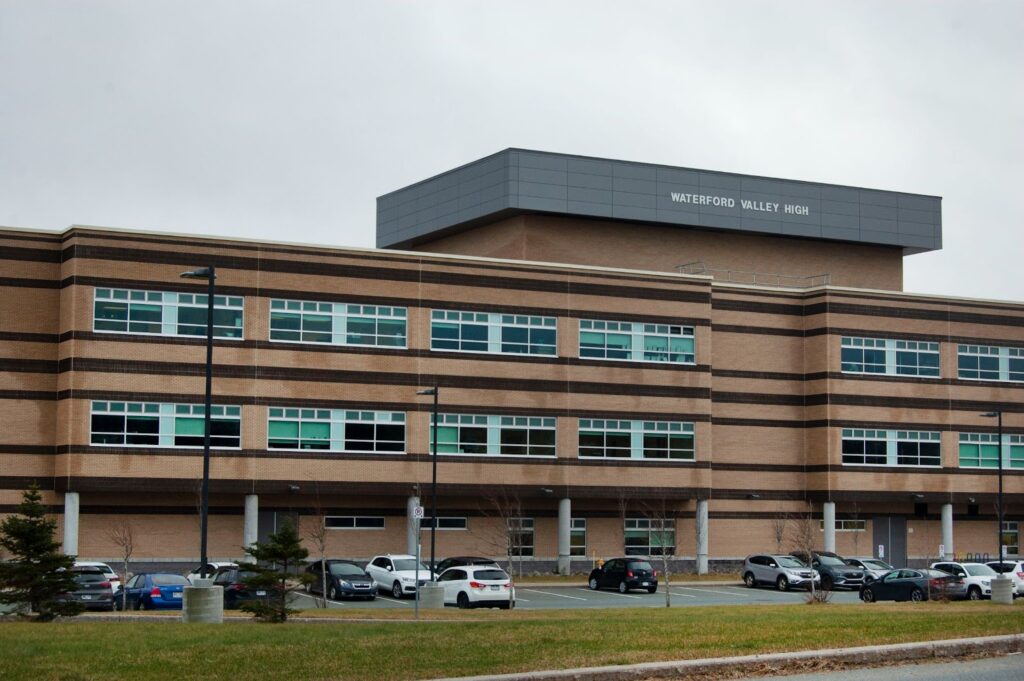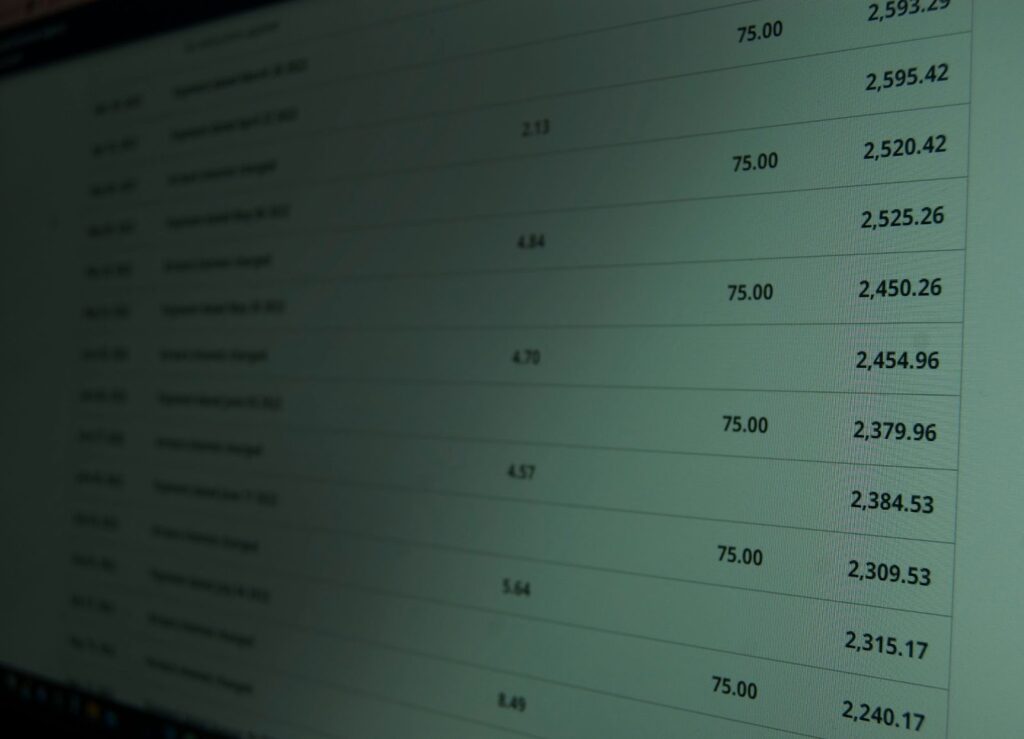There has been a steady increase in student debt in recent years. An addition to the high school curriculum provides youth with insights about how they can manage their finances.
April Peach
Kicker News

Most high school students need to fend for themselves when it comes to budgeting and credit scores. Luckily, a newfound career education course is now in place.
Glen Williams, a program specialist with the Newfoundland and Labrador English School District, describes a newly implemented finance program for high schoolers as “a great learning opportunity.”
The program, called financial literacy, provides senior high students with a new avenue that explores the importance of financial responsibility.
“. . . (S)tudents will expand on their financial literacy and contribute items to their personal career plan,” according to the 2021 school curriculum guide.
“It relates to education level, career choice, salary, spending, debt, banking, student loans, credit cards, and other aspects related to personal finances as they transition from high school into post-secondary education and/or the workforce,” said Williams.
- Students shouldn’t be beasts of burden
- How Students Feel about Student Loans With the Upcoming Provincial Budget
Not many can argue that this program would be anything other than beneficial to the younger generations.
However, it leaves some young people who are already in debt with a sour taste in their mouths. This is because such preparation was never offered to them while they were in high school.
In certain cases, however, some students made it through post-secondary without the burden of debt.

Memorial University student Marianne Nolan is one of the slim few who haven’t found themselves drowning in debt.
This is thanks to a registered education savings plan (RESP). This is a savings account set up by parents. It’s designed to help save for a child’s education, as well as being tax-free with added contributions from the government. However, this comes at a limit of $50,000 per child.
Even so, she acknowledges that her circumstances could have gone in the complete opposite direction
“I have had the privilege to live at home with my parents while attending post-secondary,” Nolan said.
“And (I) had the benefit of an RESP that assisted me financially through my five years of schooling to obtain my degree,” added Nolan. “Unlike most, I am very lucky to have had this fund and if I was without it, I would be thousands of dollars in debt with student loans.”
April Peach is a student journalist at College of the North Atlantic in St. John’s. Born and bred on the rock, she has always been a fanatic fiction writer and is now diving headfirst into the world of news broadcasting.




Be the first to comment